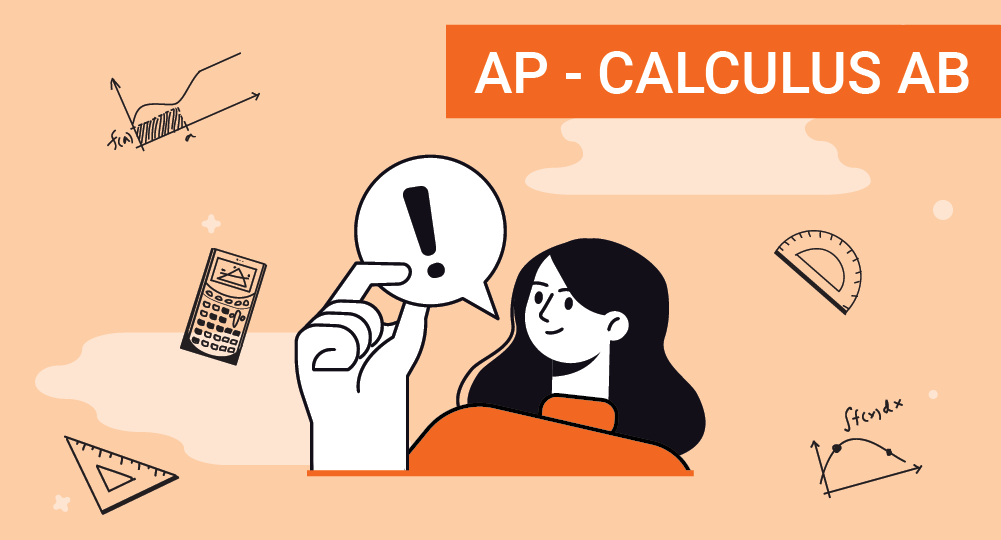
ACT Mathematics
ACT or the American Collee Testing Exam is a standardised test for the admission to bachelor course from IVY league colleges. ACT exam evaluates the student on four major ares like Maths, Science, language and writing areas. ACT assesses the students' performance in punctuation, grammar, sentence strucure, etc, in Maths, it covers the student's mathematical skills.
Know more about ACT
ACT (American College Testing) is a standardized test used for college admissions in the United States. It assesses a student's knowledge and skills in English, mathematics, reading, and science reasoning. The ACT test is administered by ACT, Inc. and is accepted by most colleges and universities in the US.
The ACT test consists of four main sections: English, Math, Reading, and Science. Additionally, there is an optional Writing section that some colleges may require or recommend. Here are some key details about each section:
English (45 minutes): This section measures your understanding of English grammar, punctuation, usage, sentence structure, and rhetorical skills. It includes multiple-choice questions and a passage with underlined portions where you need to identify errors or make improvements.
Math (60 minutes): The Math section evaluates your mathematical skills in areas such as algebra, geometry, trigonometry, and basic statistics. It includes multiple-choice and grid-in questions that require you to solve problems and apply mathematical concepts.
Reading (35 minutes): In the Reading section, you'll be presented with four passages from various subjects and asked questions to assess your comprehension, interpretation, and analysis skills. The passages may include prose fiction, humanities, social science, and natural science.
Science (35 minutes): The Science section measures your scientific reasoning abilities rather than specific content knowledge. You'll be given several sets of scientific data, charts, graphs, and experiments, and you'll need to analyse and interpret the information to answer questions.
Writing (optional, 40 minutes): The optional Writing section requires you to write an essay in response to a prompt. It assesses your ability to develop a clear argument, support it with relevant evidence, and showcase your writing skills. While the Writing section is not included in the composite score, some colleges may require it for admission.
Test Pattern
| S No | Section | Number of Questions | Time Allotted |
|---|---|---|---|
| 1 | English | 75 | 45 minutes |
| 2 | Math | 60 | 60 minutes |
| 3 | Reading | 40 | 35 minutes |
| 4 | Science | 40 | 35 minutes |
| 5 | Writing* | Essay Prompt | 40 minutes |
*The Writing section is optional and does not include a specific number of questions. It requires writing an essay in response to a prompt
What you'll learn
- 1
Linear Equations in 1-variable and 2-variables
- 2
Graphical representation of Algebraic Expressions
- 3
Ratio, proportion, rate and percentage
- 4
Units, Measurement and unit conversion
- 5
Probability and Two-way Frequency Tables
- 6
Linear functions and Quadratic Functions
- 7
Data collection and Representation
- 8
Polynomials, Radical and Rational functions
- 9
3D shapes and Solid Geometry
- 10
Lines, Angles, Triangles, Pythagorean Theorem and Trigonometric Ratios
- 11
Cicles, basic concepts of circles and Complex Numbers
Skills you'll learn
Create and solve linear equations, and inequalities in 1 variable and 2 variables
Relation between Graphical representation and Algebraic representation
Solve problems using ratios, proportions, rate, and percentage
Measurement of different quantities, their units and unit conversion
Using two-way frequency tables and calculate probability
Use of relationship between two variables through scatterplot, linear, quadratic and exponential models to investigate the graphs
Different methods of data collection, representing in tabular formats, calculating mean, median, range, etc
Writing Polynomials and basic operations on polynomials
Simplifying and solving radical functions and rational functions
Understand congruency and similarity. Apply for lines, angles and triangles
Understand trigonometric ratios and use trigonometric functions to measure angles
Simplify Complex Numbers and Basic Operations of Complex Numbers














